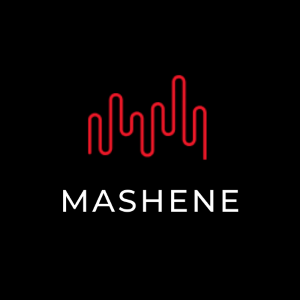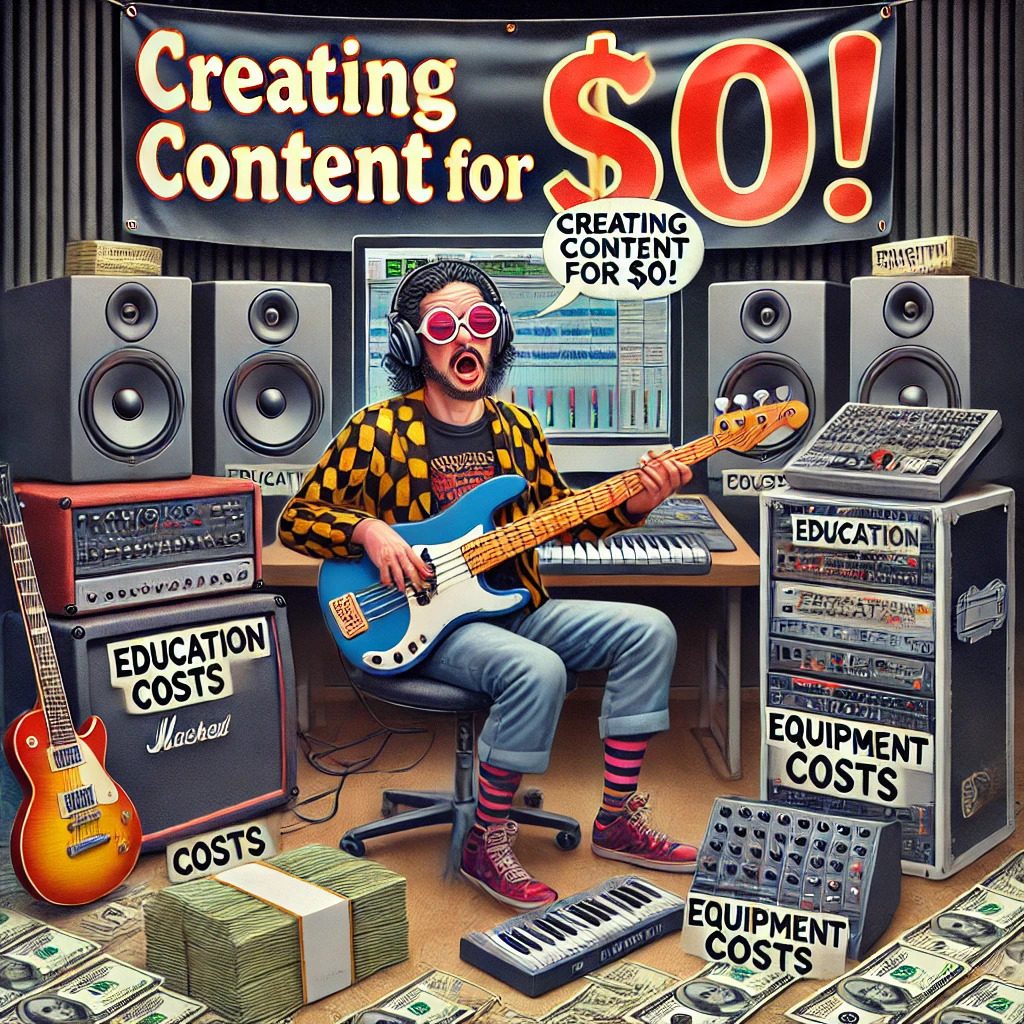The recent statements by Spotify CEO Daniel Ek, suggesting that the cost of creating content is “close to zero,” have ignited a wave of backlash from musicians and music fans alike. This assertion not only undermines the financial realities faced by artists but also dismisses the significant investments in time, education, and equipment required to produce quality music. In this article, we aim to explore the true cost of creating music in today’s digital landscape, highlighting the various aspects that contribute to the overall expense and the implications of undervaluing artistic creation.
The Financial Reality of Music Production
Equipment and Software Costs
Contrary to Ek’s claim, the initial investment in music production equipment is substantial. Musicians require a range of gear, including:
- Digital Audio Workstations (DAWs): Professional-grade DAWs, such as Ableton Live, Logic Pro, and Pro Tools, can cost anywhere from $200 to $600.
- Virtual Studio Technology (VST) Plugins: Essential for creating diverse sounds, high-quality VST plugins can range from $50 to $500 each.
- Monitor Speakers and Headphones: Accurate monitoring is crucial for mixing and mastering. High-quality monitor speakers can cost between $300 and $1,500, while professional headphones can range from $100 to $400.
- Instruments: Traditional and electronic instruments, such as guitars, keyboards, and MIDI controllers, can vary widely in price but often represent a significant investment.
Education and Training
Producing music is not merely a matter of owning the right equipment. Musicians invest heavily in their education and training to develop their skills:
- Formal Education: Many artists pursue degrees in music, audio engineering, or related fields, which can cost tens of thousands of dollars.
- Workshops and Courses: Specialized training sessions and online courses, such as those offered by Berklee Online or Coursera, can add to the expense.
- Time Investment: Mastering the intricacies of music production takes years of practice and dedication, a cost often overlooked in monetary assessments.
The Creative Process: Time and Effort
Creating music involves extensive human effort and creativity. From songwriting and arranging to recording and mixing, each step demands considerable time and labor:
- Songwriting: Crafting lyrics and melodies requires inspiration and effort, often involving multiple revisions and collaborative input.
- Recording: The process of capturing audio, whether in a home studio or a professional setting, involves careful setup and numerous takes to achieve the desired quality.
- Mixing and Mastering: These technical stages are critical to ensuring that the final product sounds polished and professional. They require a keen ear and advanced technical knowledge.
The Value of Artistic Work
Financial Return on Investment
While the digital age has made music distribution more accessible, it has also introduced challenges in terms of financial returns:
- Streaming Revenues: Platforms like Spotify pay artists fractions of a cent per stream, making it difficult for musicians to earn a sustainable income from their work.
- Merchandise and Touring: To supplement their income, many artists rely on merchandise sales and live performances, both of which involve additional costs and logistical challenges.
The Cultural and Emotional Impact
Music is not just “content”; it is an art form that holds cultural and emotional significance:
- Cultural Preservation: Music preserves cultural heritage and fosters community identity, playing a vital role in society.
- Emotional Connection: Songs resonate with listeners on a personal level, providing comfort, joy, and a means of expression.
Case Studies: Real-Life Examples
Cheryl B. Engelhardt
New Age artist Cheryl B. Engelhardt created her Grammy-nominated album on a cross-country train, highlighting the hidden costs of production:
- Investment in Sounds and Gear: Thousands of dollars spent on quality sounds, instruments, and production equipment.
- Educational Background: Years of education and training contributing to her expertise and creative output.
Songdog
The Welsh folk duo Songdog invested hundreds of hours in the creation of their albums:
- Human Effort and Creativity: The meticulous process of writing, recording, and producing their music, which is not accurately represented by the notion of “close to zero” cost.
- Financial Outlay: Significant expenses in terms of equipment, studio time, and promotion.
Independent Artists
Independent artists like @JonTInfinity emphasize the basic costs required to produce decent music:
- Basic Equipment: DAWs, VSTs, and monitor speakers, representing a fair amount of investment even at the most fundamental level.
- Instrumental Costs: Additional expenses for purchasing and maintaining instruments.
And In The End…
The assertion that the cost of creating content is “close to zero” is not only misleading but also detrimental to the appreciation and support of the music industry. Musicians invest heavily in their craft, both financially and in terms of time and effort. Recognizing and valuing these contributions is essential for fostering a vibrant and sustainable music ecosystem.
By acknowledging and addressing the true costs associated with music production, we can better support artists and ensure the continued creation of high-quality, impactful music.


